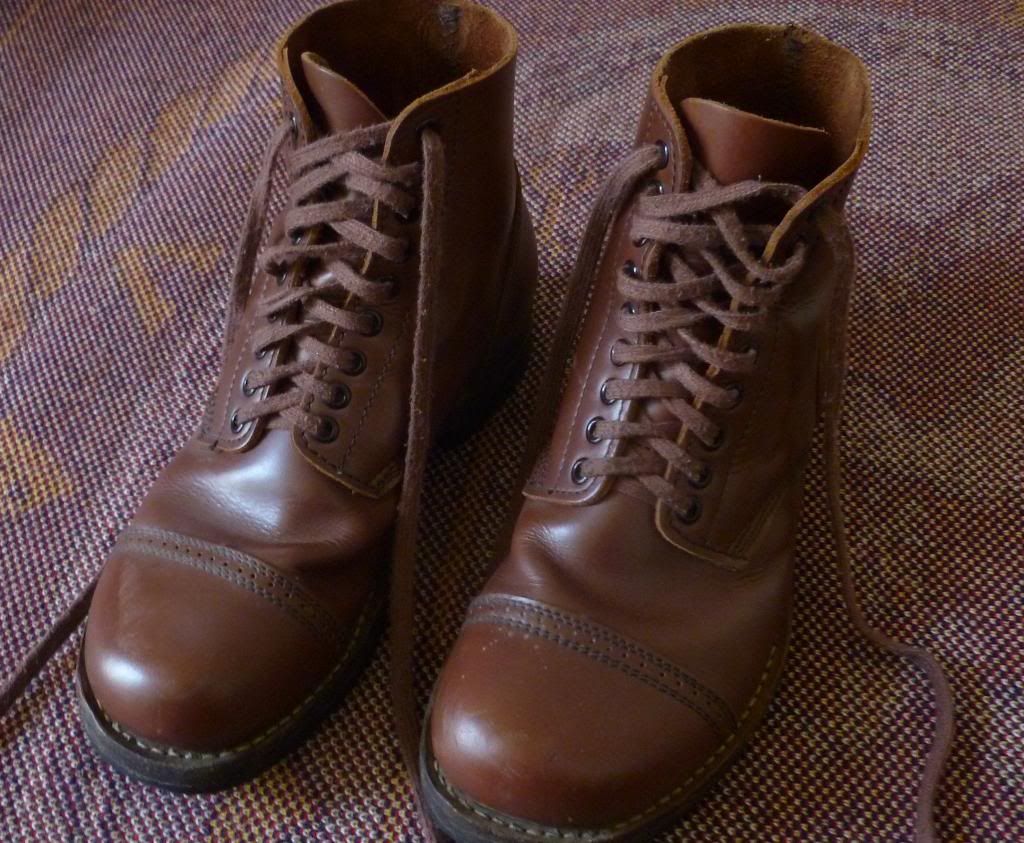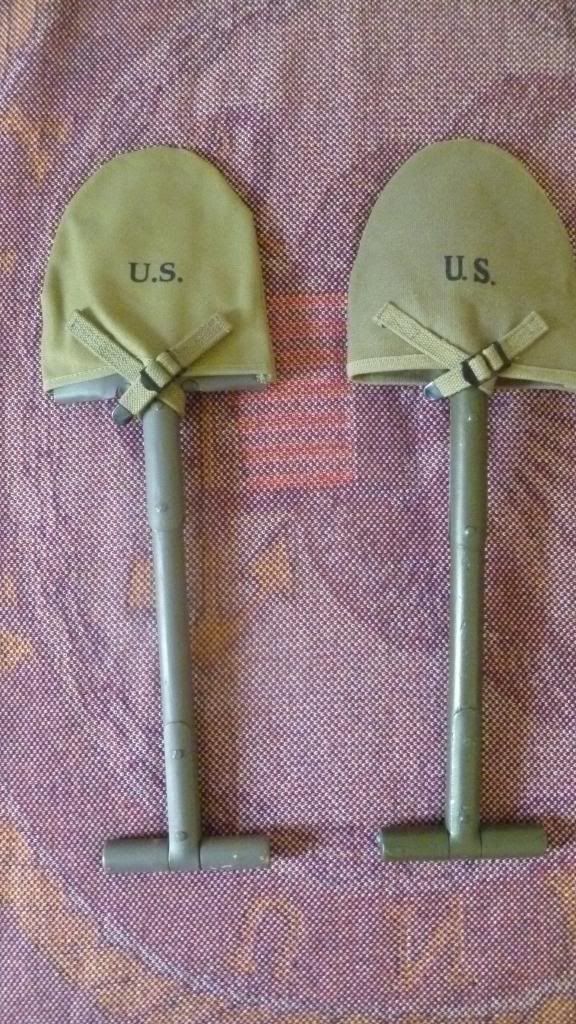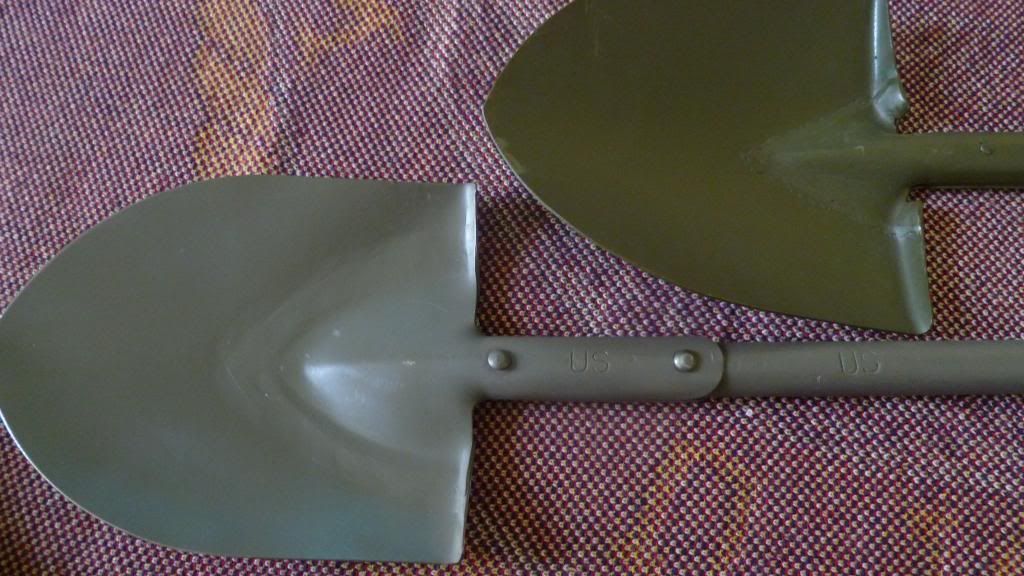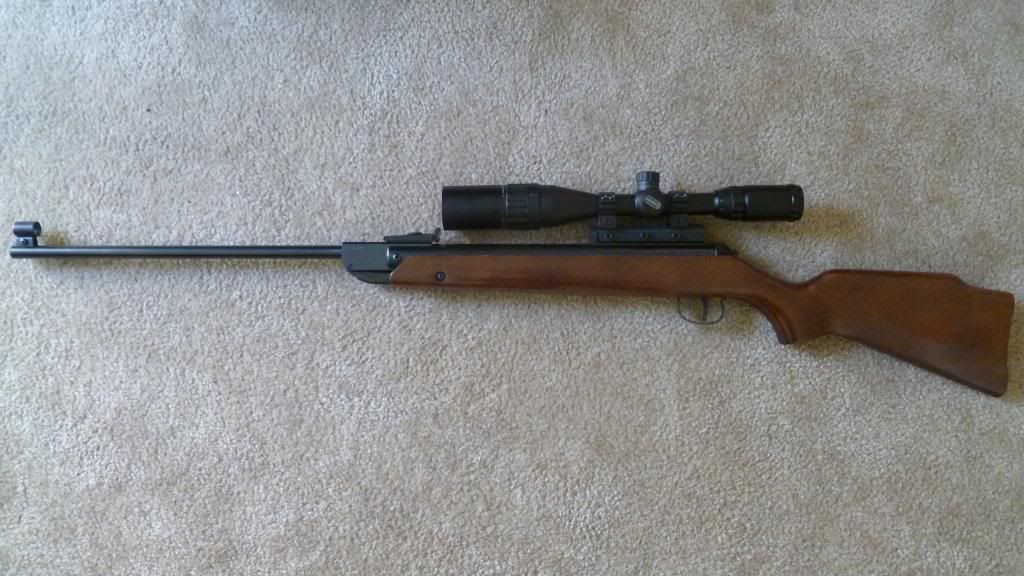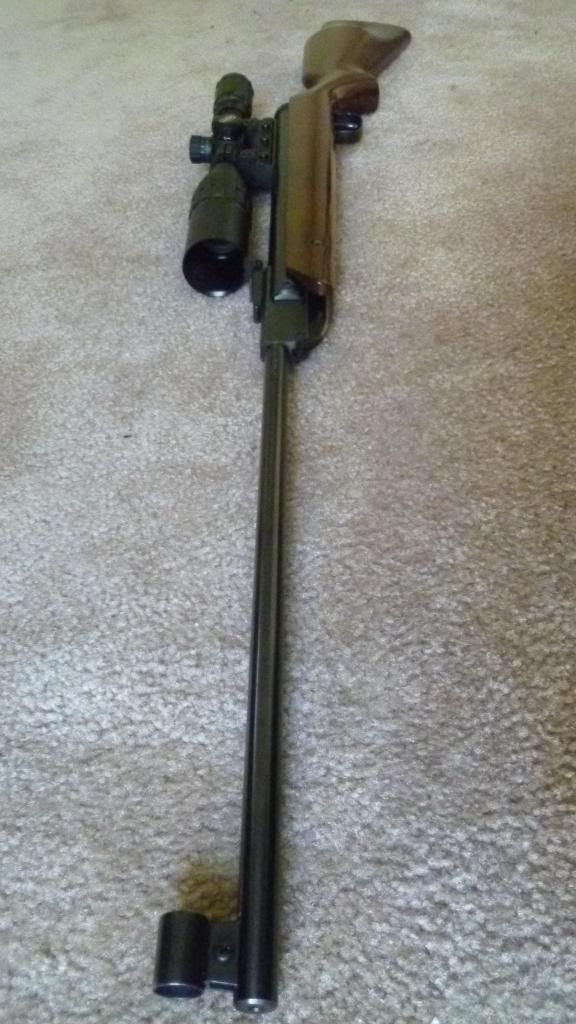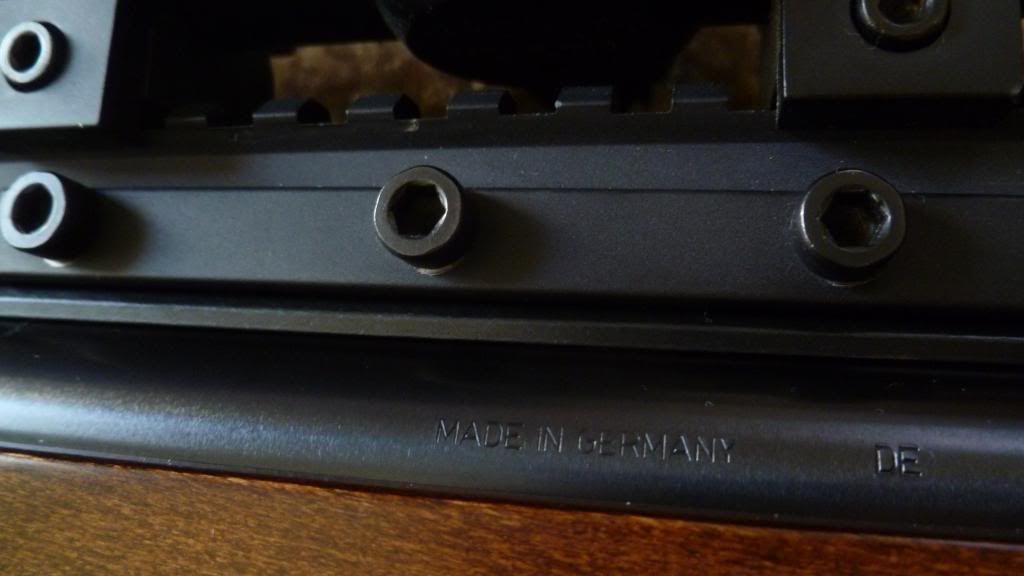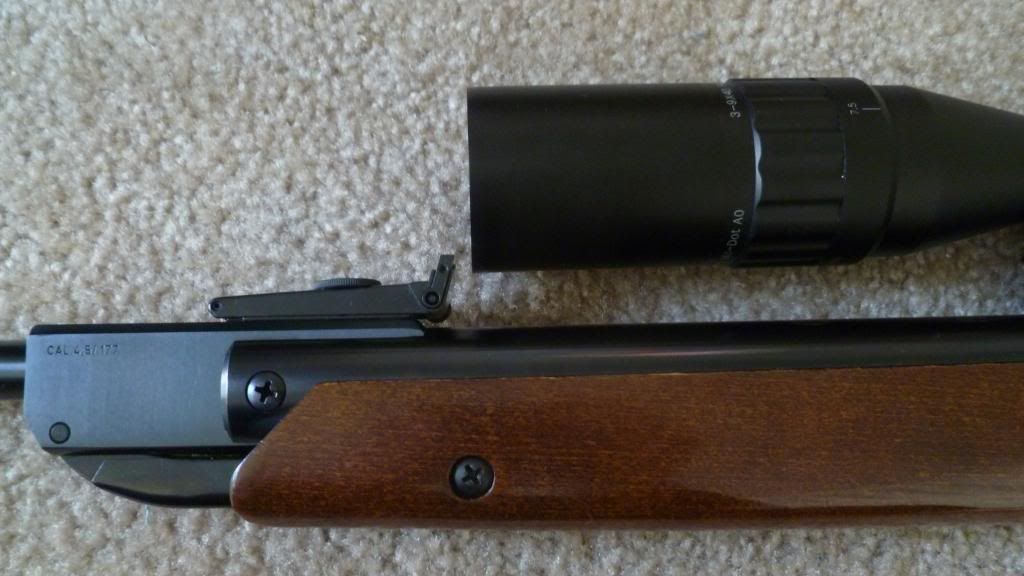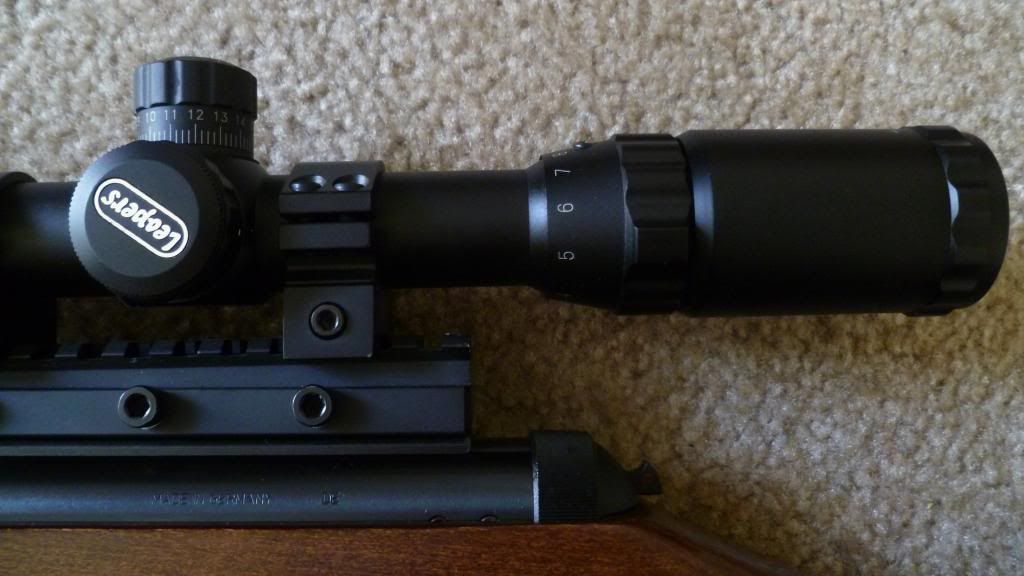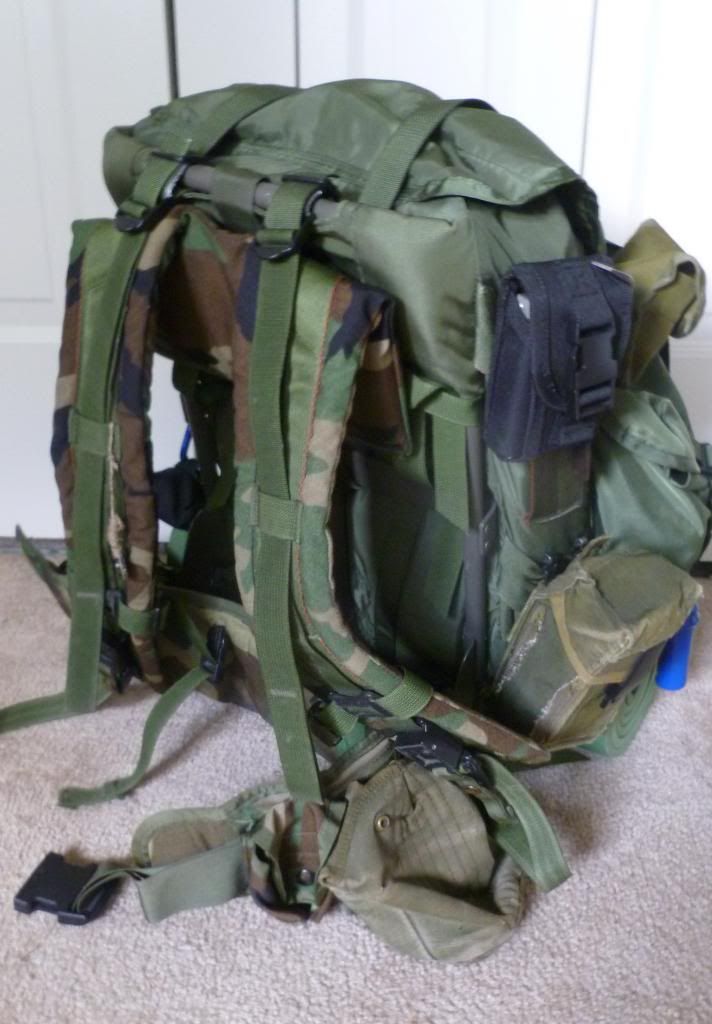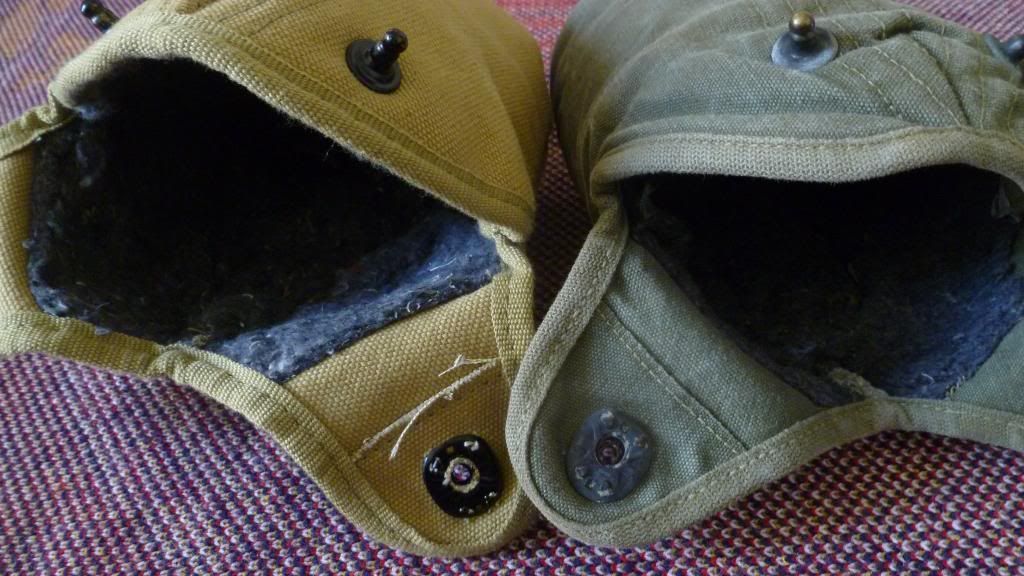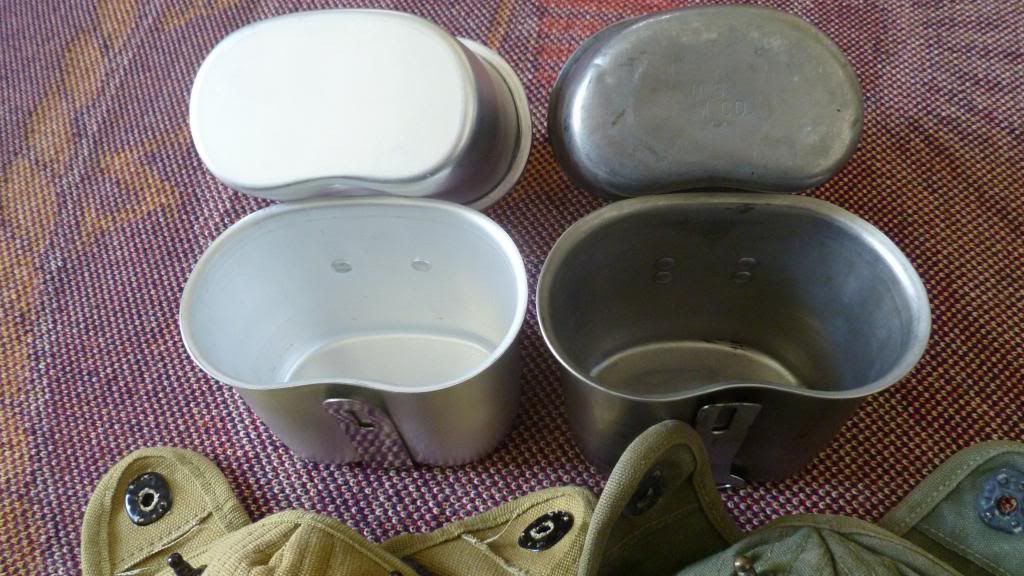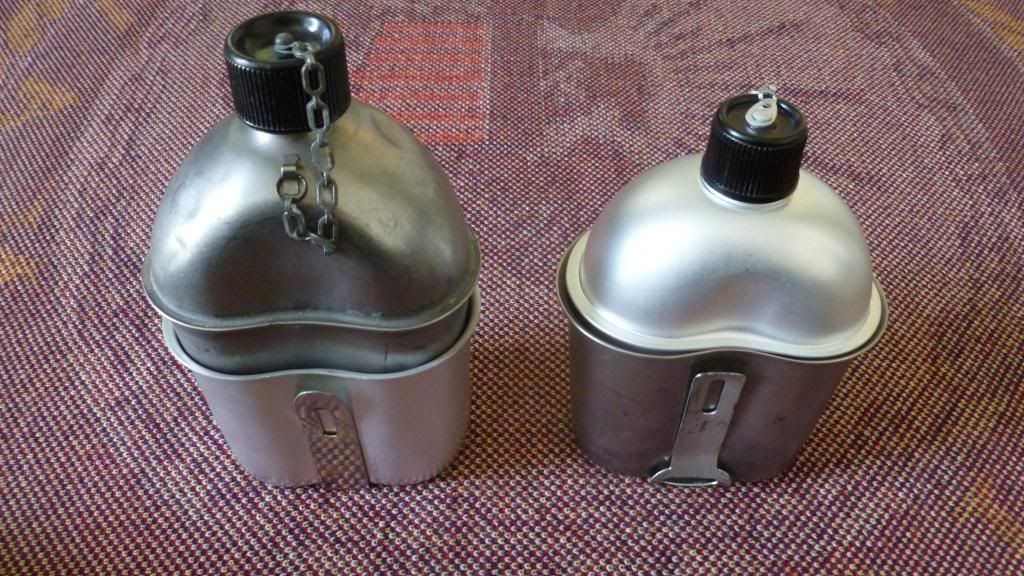Service Shoe, Type II
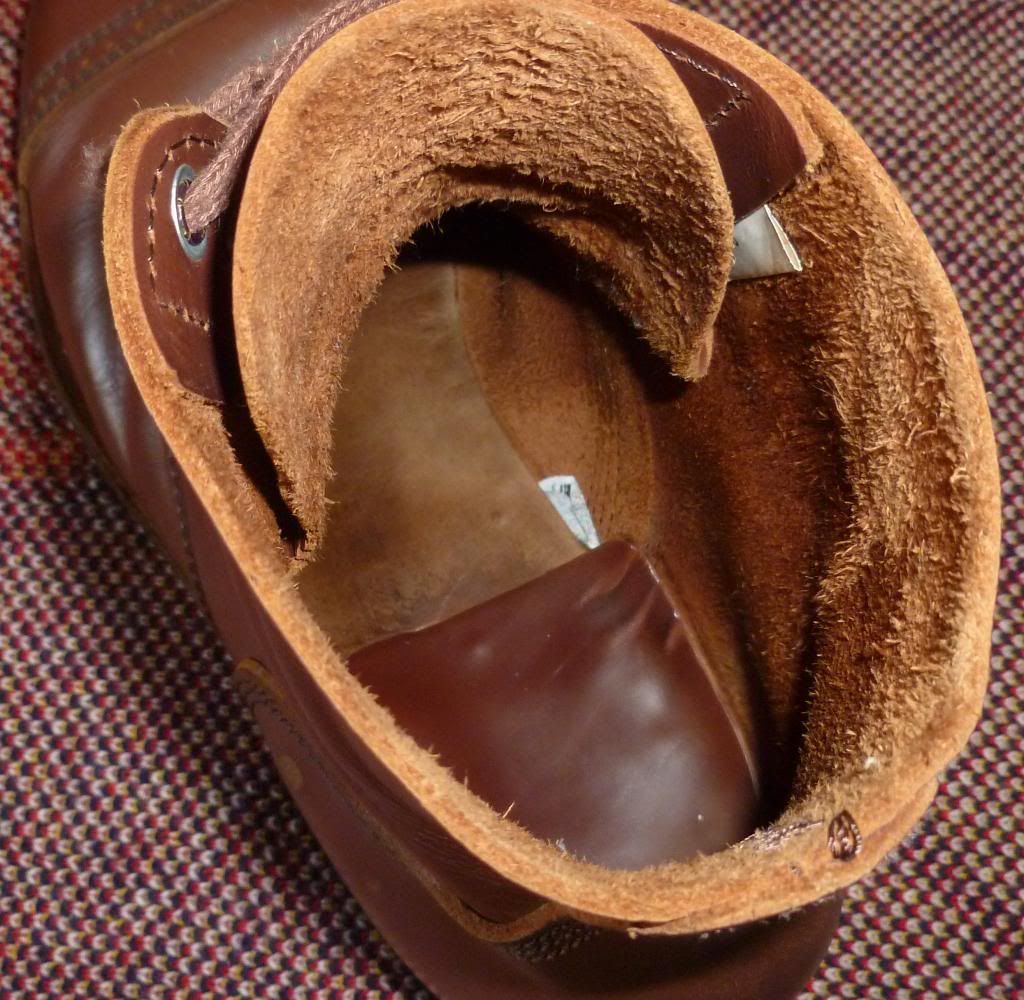 |
| Size tag visible on inside of boot |
Although it has been repeated ad-naseum, the phrase "an army marches on it's stomach," is true, no matter what conflict is being discussed. However, I'd argue that an army's footwear is pretty damn important too. Enter the Service Shoe, Type II. Intended to supplement the Type I, this product took the form of a low-quarter boot, with finished leather facing out.
The more famous "roughout" boots were constructed with unfinished leather facing out, so waterproofing could be easily applied. The Type II saw more use by garrisoned forces, although examples of soldiers wearing this footwear into combat have been well documented. This particular pair of boots is manufactured by At the Front, by a Chinese company. Original footwear is no longer suitable for field use, so this reproduction is the best chance for any re-enactor to obtain a facsimile, at a reasonable cost.
 |
| Marked US ARMY on sole. |
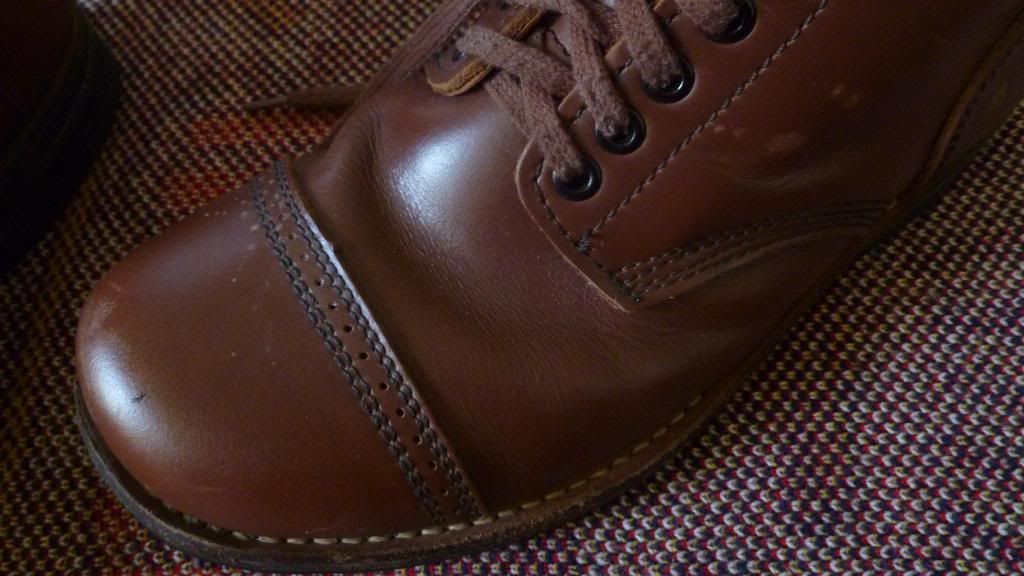 |
| Classic toe cap stitching. Note the attention to detail around the eyelet area. |
